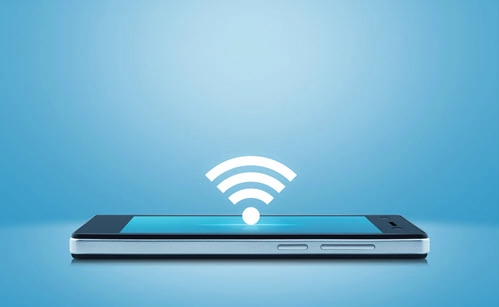Boost Security With This Wi-Fi Insight
Question: Our hospital’s IT department has built a Wi-Fi network that has the bandwidth to meet clinical, administrative, and visitor needs. However, there are still dead zone areas around the facility. We figure the dead zones are due to the age of the building and the materials used to construct it. Are there any problems that these areas can cause? AAPC Forum Participant Answer: Dead zones in wireless networks are common, but they can also be a health technology hazard. A reliable Wi-Fi signal throughout your facility helps improve your workflow and patient safety. The wireless signal is essential for laptops, tablets, and smartphones to receive critical alarms, access EHRs, and even update the drug libraries on pumps. If those critical alarms aren’t received or the drug libraries aren’t updated, then those wireless dead zones can cause serious injury or death. At the same time, unreliable wireless connections may lead people to establish workarounds that sidestep your facility’s safety features just to maintain their workflow. The problem is that this temporary fix can cause a greater security risk. Addressing wireless dead zones or unreliable signal connections can be a challenge, but if the problem is corrected then medical professionals, staff, and administration can enjoy a more reliable and secure network throughout the facility.

